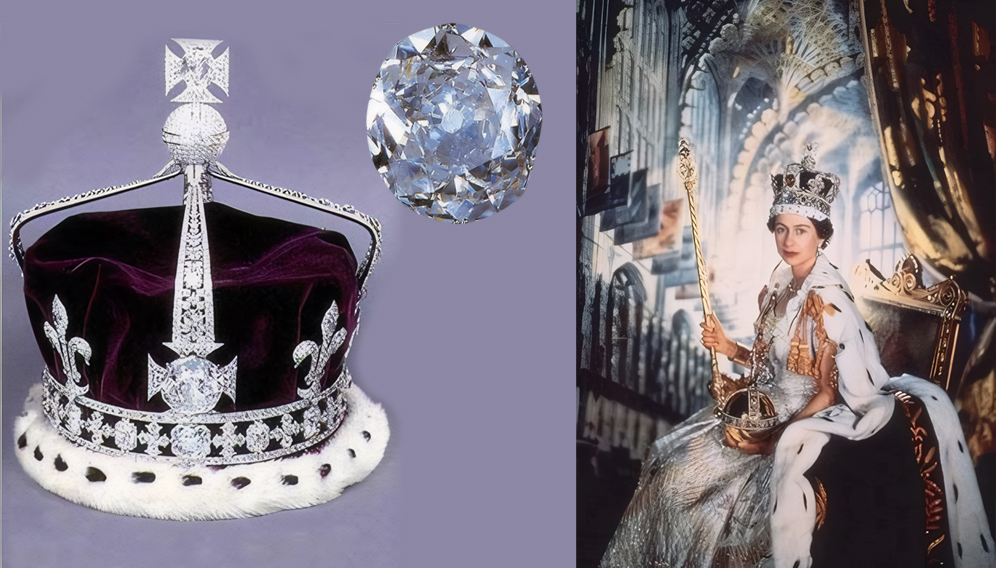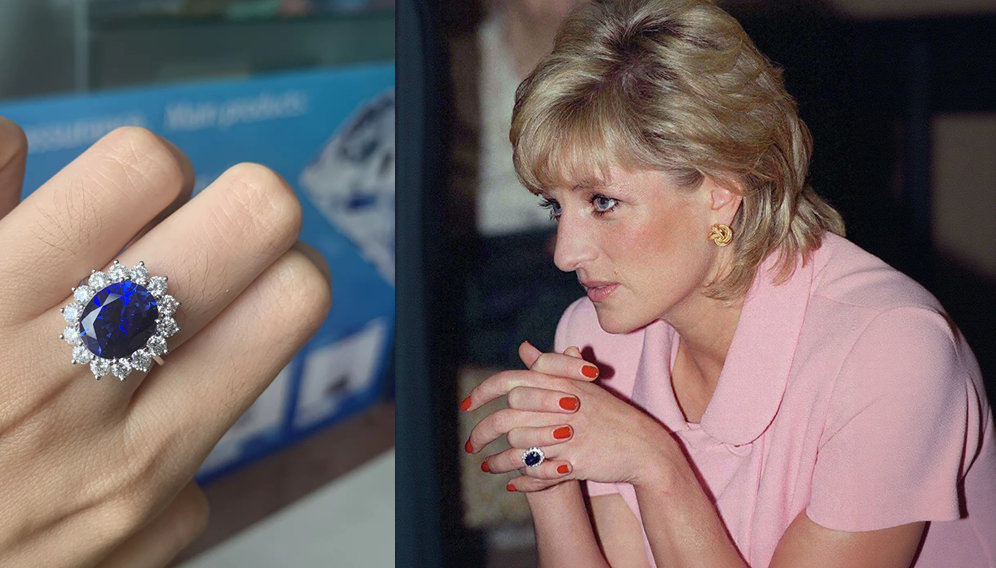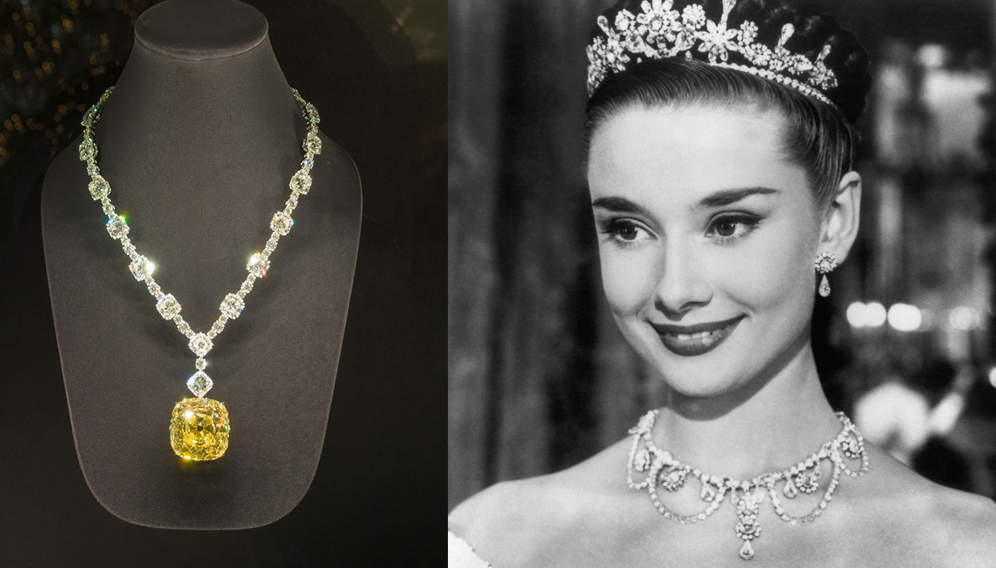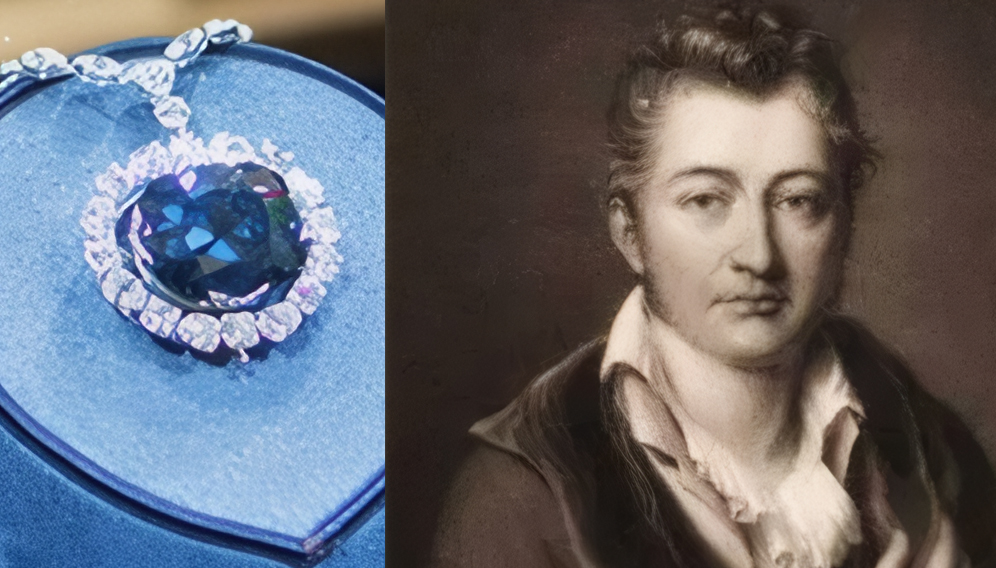Legends in Gemstones: Eternal Light Etched in Time
Gemstones are poetry written by nature over geological epochs, crystals forged by the earth's power and cosmic chance. Since ancient times, they have transcended their mineral essence to become the ultimate symbols of power, faith, love, and art. The sparkle of a legendary gem can illuminate a dark corner of history, define the aesthetic of an era, and even change the way human emotions are expressed. They are the smallest creations, yet they carry the weightiest stories.
The Influence of Famous Gemstones on Society and Style
Throughout history, the brilliance of gemstones has always been intertwined with the progress of human civilization. Ancient Egyptian pharaohs inlaid lapis lazuli and carnelian into gold as amulets for the afterlife; the treasuries of India's Mughal Empire were filled with diamonds and emeralds, symbolizing supreme temporal power; during the European Renaissance, magnificent jewelry blossomed alongside painting and sculpture, showcasing human brilliance and the global trade prosperity brought by the Age of Exploration. The discovery, cutting, change of ownership, and setting of every famous gem is a microcosm of global history, recording the complex tracks of plunder, gift-giving, trade, and love.
The Koh-i-Noor Diamond: Cursed Sovereignty
 This ancient diamond is arguably one of the world's most controversial treasures. It was discovered around the 14th century in the Kollur Mine in Golconda, India, with a staggering original weight of 191 carats. Its Persian name, "Koh-i-Noor," means "Mountain of Light," but its history is filled with war, intrigue, and betrayal. It passed through the hands of Mughal emperors, Persia's Nader Shah, Afghan rulers, and Sikh Empire monarchs. Legend says it would bring misfortune to any male owner, belonging only to God or a woman. In 1849, the British East India Company seized it through war and presented it to Queen Victoria. The Queen had it recut to 105.6 carats to mitigate its "curse" and set it in a crown.
This ancient diamond is arguably one of the world's most controversial treasures. It was discovered around the 14th century in the Kollur Mine in Golconda, India, with a staggering original weight of 191 carats. Its Persian name, "Koh-i-Noor," means "Mountain of Light," but its history is filled with war, intrigue, and betrayal. It passed through the hands of Mughal emperors, Persia's Nader Shah, Afghan rulers, and Sikh Empire monarchs. Legend says it would bring misfortune to any male owner, belonging only to God or a woman. In 1849, the British East India Company seized it through war and presented it to Queen Victoria. The Queen had it recut to 105.6 carats to mitigate its "curse" and set it in a crown.
Fashion Trend and Meaning: It became the ultimate trophy of the British colonial era. Its "curse" added a layer of mystique to the transfer of power. It cemented the diamond's supreme status in royal jewelry, and its troubled journey continues to spark profound discussions about cultural repatriation and colonial history.
Princess Diana's Sapphire Engagement Ring
 In 1981, when Prince Charles proposed to Lady Diana Spencer, she personally chose this ring from a catalog presented by the jeweler Garrard. Its centerpiece is a 12-carat oval Ceylon sapphire, surrounded by 14 round diamonds and set in 18K white gold. It was not a unique custom piece, but its classic design and Diana's unparalleled charm made it the world's most famous engagement ring. It accompanied Diana through the sweets and scandals of royal life, becoming a signature of her approachable and fashionable style. In 2010, Prince William presented this ring to Kate Middleton, completing an emotional legacy.
In 1981, when Prince Charles proposed to Lady Diana Spencer, she personally chose this ring from a catalog presented by the jeweler Garrard. Its centerpiece is a 12-carat oval Ceylon sapphire, surrounded by 14 round diamonds and set in 18K white gold. It was not a unique custom piece, but its classic design and Diana's unparalleled charm made it the world's most famous engagement ring. It accompanied Diana through the sweets and scandals of royal life, becoming a signature of her approachable and fashionable style. In 2010, Prince William presented this ring to Kate Middleton, completing an emotional legacy.
Fashion Trend and Meaning: It completely broke the tradition that royal engagement rings must be "unique," sparking a global trend for "sapphire engagement rings" and greatly elevating the status of colored gemstones in the bridal market. The ring itself transcended jewelry to become an eternal symbol of love, memory, and the continuity of life.
Audrey Hepburn and the Tiffany Diamond in "Breakfast at Tiffany's"
 In the opening of the 1961 classic film "Breakfast at Tiffany's," Audrey Hepburn, as Holly Golightly, stands in a little black dress before the window of Tiffany & Co. on New York's Fifth Avenue, gazing at a jewelry breakfast. The most eye-catching piece is a necklace set with a massive yellow diamond. This "Tiffany Diamond" weighs 128.54 carats and is one of the largest and finest yellow diamonds in the world. The cinematic image perfectly fused Hepburn's elegance, Tiffany's dreaminess, and the diamond's brilliance, defining an entire era's dream of fashion and luxury.
In the opening of the 1961 classic film "Breakfast at Tiffany's," Audrey Hepburn, as Holly Golightly, stands in a little black dress before the window of Tiffany & Co. on New York's Fifth Avenue, gazing at a jewelry breakfast. The most eye-catching piece is a necklace set with a massive yellow diamond. This "Tiffany Diamond" weighs 128.54 carats and is one of the largest and finest yellow diamonds in the world. The cinematic image perfectly fused Hepburn's elegance, Tiffany's dreaminess, and the diamond's brilliance, defining an entire era's dream of fashion and luxury.
Fashion Trend and Meaning: The film catapulted Tiffany & Co. to iconic status, making it a global symbol of luxury dreams. It solidified the "little black dress + luxurious jewelry" as an eternal fashion rule and triggered lasting public fascination with and pursuit of yellow diamonds, making colored diamonds synonymous with top-tier collection.
The Hope Diamond: Phantom of Misfortune
 The Hope Diamond is famous for its rare deep "French Blue" color and its alleged "curse." Its history can be traced back to the 17th century Kollur Mine in India. It was brought to Europe by French merchant Jean-Baptiste Tavernier and presented to Louis XIV. Over the next 300 years, its owners included Louis XVI, Queen Marie Antoinette, banker Henry Philip Hope (whose family gave it its name), and several socialites, many of whom met with bankruptcy, revolution, accident, and misfortune. In 1958, famed jeweler Harry Winston donated it to the Smithsonian Institution, where its "journey of misfortune" seemingly ended.
The Hope Diamond is famous for its rare deep "French Blue" color and its alleged "curse." Its history can be traced back to the 17th century Kollur Mine in India. It was brought to Europe by French merchant Jean-Baptiste Tavernier and presented to Louis XIV. Over the next 300 years, its owners included Louis XVI, Queen Marie Antoinette, banker Henry Philip Hope (whose family gave it its name), and several socialites, many of whom met with bankruptcy, revolution, accident, and misfortune. In 1958, famed jeweler Harry Winston donated it to the Smithsonian Institution, where its "journey of misfortune" seemingly ended.
Fashion Trend and Meaning: The "curse" legend of the Hope Diamond greatly enriched its narrative, making it the world's most famous gem. It satisfies the public's eternal fascination with celebrity and tragedy. Its image of mystery, danger, and extreme beauty profoundly influenced popular culture and cast a complex aura of both desire and awe over deep blue diamonds.
The "Star of Asia" Jadeite Necklace: The Pinnacle of Eastern Allure
This legendary jadeite bead necklace was specially designed by Tiffany & Co. in 1933 for socialite Mary Louise McLoyd Vanderbilt. The necklace is strung with 27 crystal-clear, intensely and evenly colored supreme quality "Old Mine" jadeite beads, ranging in diameter from 15.4mm to 19.2mm, perfectly exhibiting the highest standards of jadeite: richness, brightness, purity, and evenness. The clasp, designed in the Art Deco style, is set with dazzling diamonds and rubies in platinum, a perfect fusion of Eastern and Western aesthetics, a masterpiece among jadeite jewelry.
Fashion Trend and Meaning: The "Star of Asia" redefined and elevated the value and status of jadeite in the Western world, transforming it from a regional Eastern treasure to a global top-tier collectible. It led the trend of Western socialites wearing jadeite jewelry in the 1930s and continues to influence the design and application of jadeite in high jewelry, consolidating its prestigious status as the "King of Jade" in the international luxury world.
The stories of gemstones are an interplay of light and shadow. They are miracles honed deep within the earth over millennia, and also the most brilliant projections of human desire and emotion. From the crowns of empires to a lover's fingertip, from the dreams of the silver screen to museum display cases, these hard crystals become immortal not merely because of their hardness and rarity, but because they are imbued with meaning, legend, and memory. They remind us that the most moving legends are often forged from the hardest materials, and that true value forever shines deep within the human hearts they illuminate.